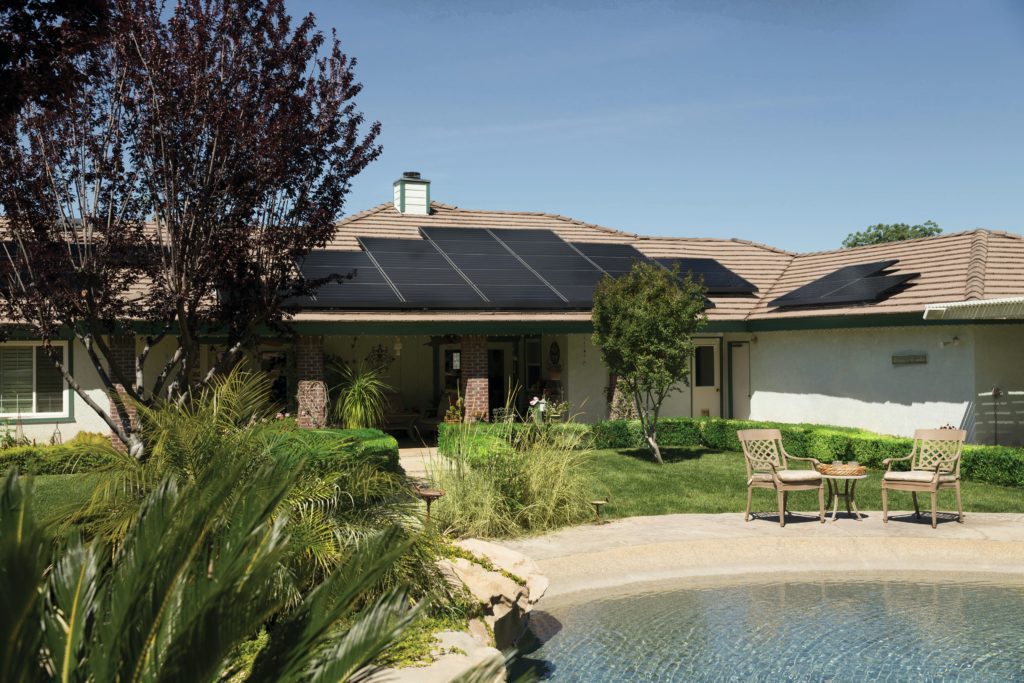We recently installed a 30kW solar system at the AEMC dealership and we’ve found a bunch of ways you can charge electric vehicles using just solar power.
Australia may be a little behind the ball when it comes to renewable energy, but we’re making progress, and with that progress comes opportunities to be smart about the ways we charge electric vehicles using just solar power. If you leave the sun to do most of the work of powering your electric vehicles, then you’re essentially running your house, car or motorbike for free. And now petrol prices are creeping over the $2 p/litre mark, now’s the time to be smart about charging electric vehicles.
Solar Power Charging Explained
It’s quite simple – the sun hits your solar power panels on the roof of your house, that power runs through an inverter which sends power to your household devices, and by extension, charges your vehicle.
Most home EV chargers (not fast chargers) pull about 2.5 kWs from your switchboard. Most household solar systems are 5 kWs or bigger which means when there is sun your EV charging doesn’t use all of the energy being produced on your roof.
The average home solar system in Australia is an 8kW (Kilowatt) system which generates around 32kWh (Kilowatt hours) of power per day. The average Australian home uses around 19kWh to power their daily life – leaving an average of 12kWh left over, which is usually just fed back into the power grid. It’s these extra 12kWh that can be used to charge your electric vehicle. FREE FUEL!
Quick explanation on kW and kWs
kW – A Kilowatt is 1000 Watts, it measures power output – “My house generates 3kW of solar power at noon”
kWh – A kilowatt-hour is a measure of the EV’ storage capacity – “My Energica has a 13.4 kWh battery”
How To Charge Electric Vehicles Using Just Solar Power
There are three different ways you can make the most out of solar power to charge your electric vehicle. We have included a fourth way that’s a little bit more round the way, but also an effective option.
- Smart EV Chargers
- Manual EV Charging
- Using EV Apps
- Battery Charging
Something to keep in mind as we go through these different solar power charging options is that it depends on clever use of generating power between the best daylight hours of 9am-4pm.
1. Smart Electric Vehicle Chargers
Smart EV Charges will use scheduled hours of daylight to draw power from your solar system to automatically charge your vehicle. These smartphone app controlled chargers can be told to divert power into your vehicle instead of feeding the power back into the grid. Advanced smart EV charges have functions that will measure when your solar system is generating more kWs than the house needs, and will divert that power to EV charging rather than feeding it back into the grid. Being smart about using smart electric vehicle charging means you won’t end up drawing power from the grid keeping your power costs right down, and your vehicle fully powered.
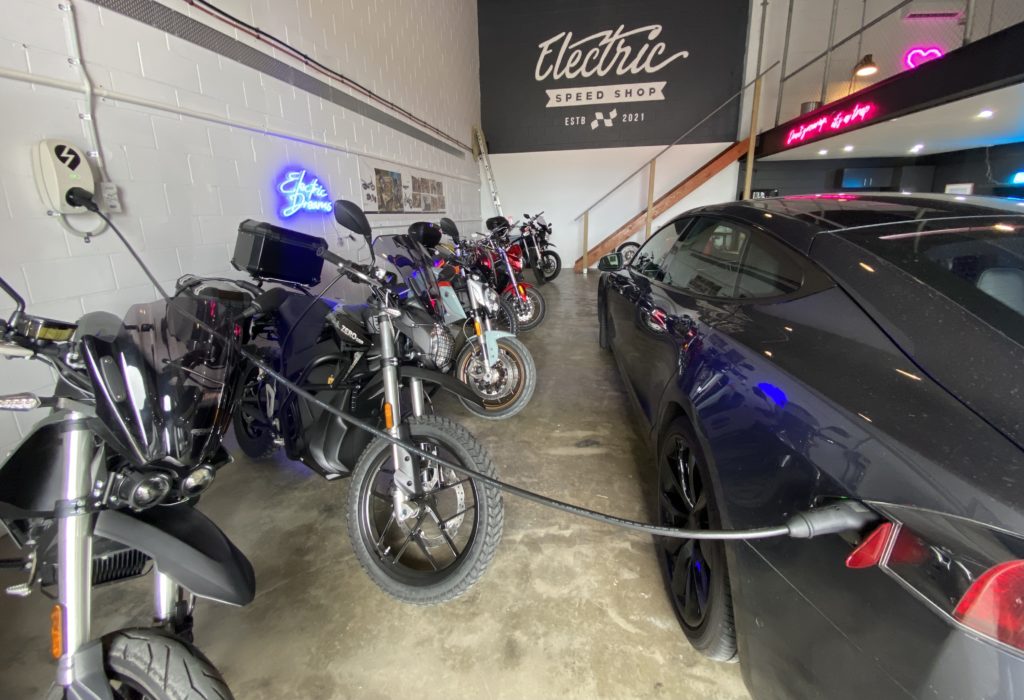
2. Manual Electric Vehicle Charging
The first time I heard manual EV charging I pictured someone sweating it out on an exercise bike with extension cords running through the house out to their vehicle. It’s not that sweat inducing. If you don’t have access to an app controlled smart charger, you would have to plug your EV in to charge between the daylight hours of 9am-4pm (assuming it’s not raining all day/there’s a 7 hour solar eclipse) to generate free electricity for your vehicle. If you’re plugging in an electric motorcycle (max 21.5 kWh battery) to charge in the morning it’d be safe to assume you would have an almost fully charged battery by the end of the day.
If the charging continues to run once the sun goes down, you would start drawing power from the grid, which is when it starts costing you for power and that energy may not be coming from renewable sources. If this is the case for you, there’s an easy work around using your EV app.
3. Using EV Apps With Manual Charging
With advancements in EV technology, most vehicles come with Apps that allow you to interact with settings in your vehicle, charging being one of them.
Now as to not confuse you, these aren’t the same apps that we mentioned earlier for the smart chargers. These are a separate app that interacts with your vehicle. These apps let you choose when your vehicle charges. So once the sun goes down, you can tell your vehicle to stop charging so it doesn’t end up drawing power from the grid. If you want to keep charging your EV with free electricity once the sun goes down, you would have to consider battery charging.
4. Battery Charging EVs
If you’re out at work all day and still want to charge electric vehicles using just solar power, you would have to consider battery charging. Using solar power to charge a house battery during the day, then using that battery to charge your EV overnight. A Tesla Powerwall battery can store 12.5kWh of power which will fill about half an Energica battery. We don’t really recommend this option because there is energy lost transferring it between batteries, and this option isn’t very useful for bigger batteries like those found in a Tesla. You would only be able to fill about 12% of the battery on a larger Tesla model using this technique (depending on how big your house battery is).
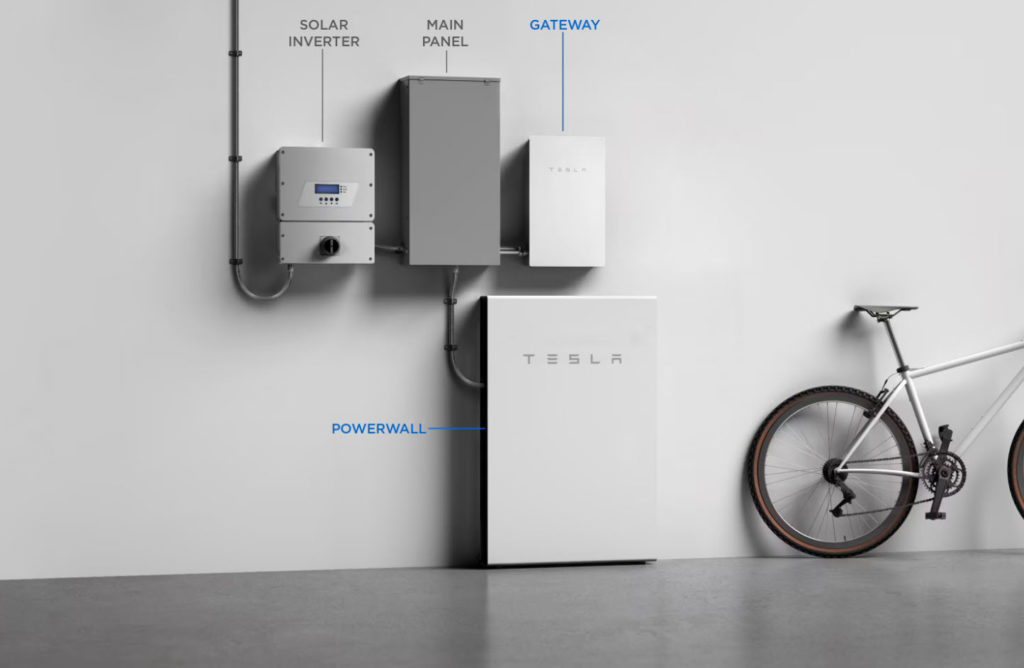
Why does it take so long to charge EVs?
EV’s draw power to charge at a rate of around 1-3kWs, depending on the brand and model of EV you’re talking about. This is limited by both the onboard vehicle charger and your home’s power capabilities. To give you an idea, Tesla cars draw power to charge at around 2.5kWs from a standard household plug outlet and Energica EV motorcycles draw power at around 3kW. Most houses have a single phase connection which limits the amount of energy that can be used at once. Some fast charger systems will allow you to charge up to 22kWs. But you will need a 3 phase connection or a dedicated connection just for EV charging to charge at higher speeds. Public charging stations with dedicated grid connections can charge at 150kWs but they are crazy expensive to install and require an enormous amount of energy to run – so are unlikely to be found at work or home locations. They are a great option if your vehicle is capable of fast charging and you want a quick top up on the road.
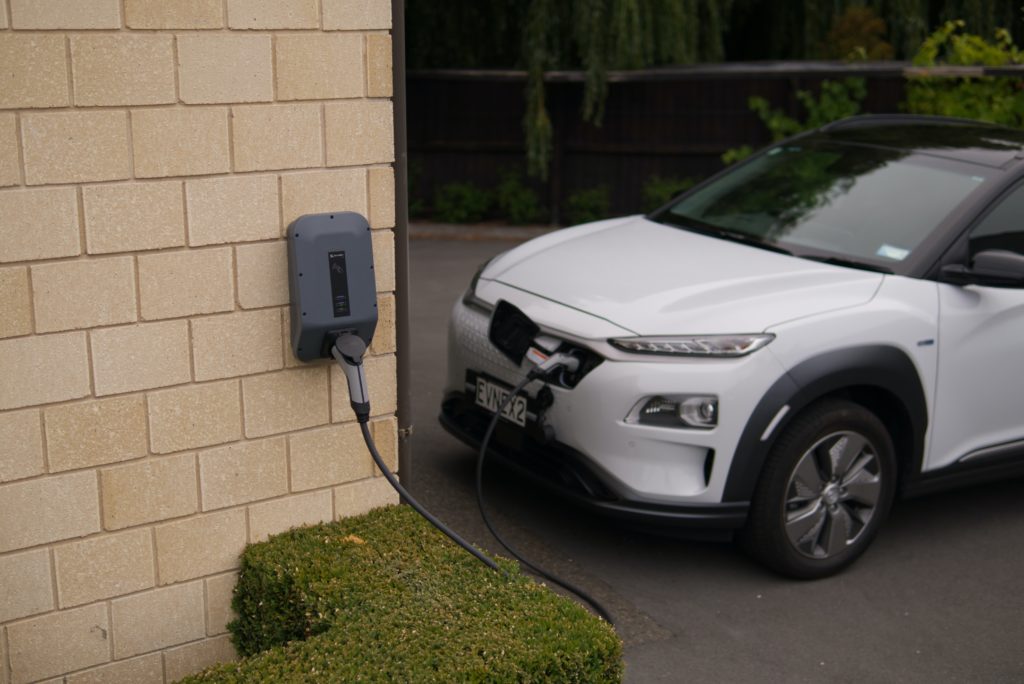
If you have any more questions about how to charge electric vehicles using just solar power, use the comments section below to reach out to us and we’ll do our best to answer them.
You can also check out our article ‘Your Electric Motorcycle Charging Questions Answered’ for some more in depth information on EV charging technology.

